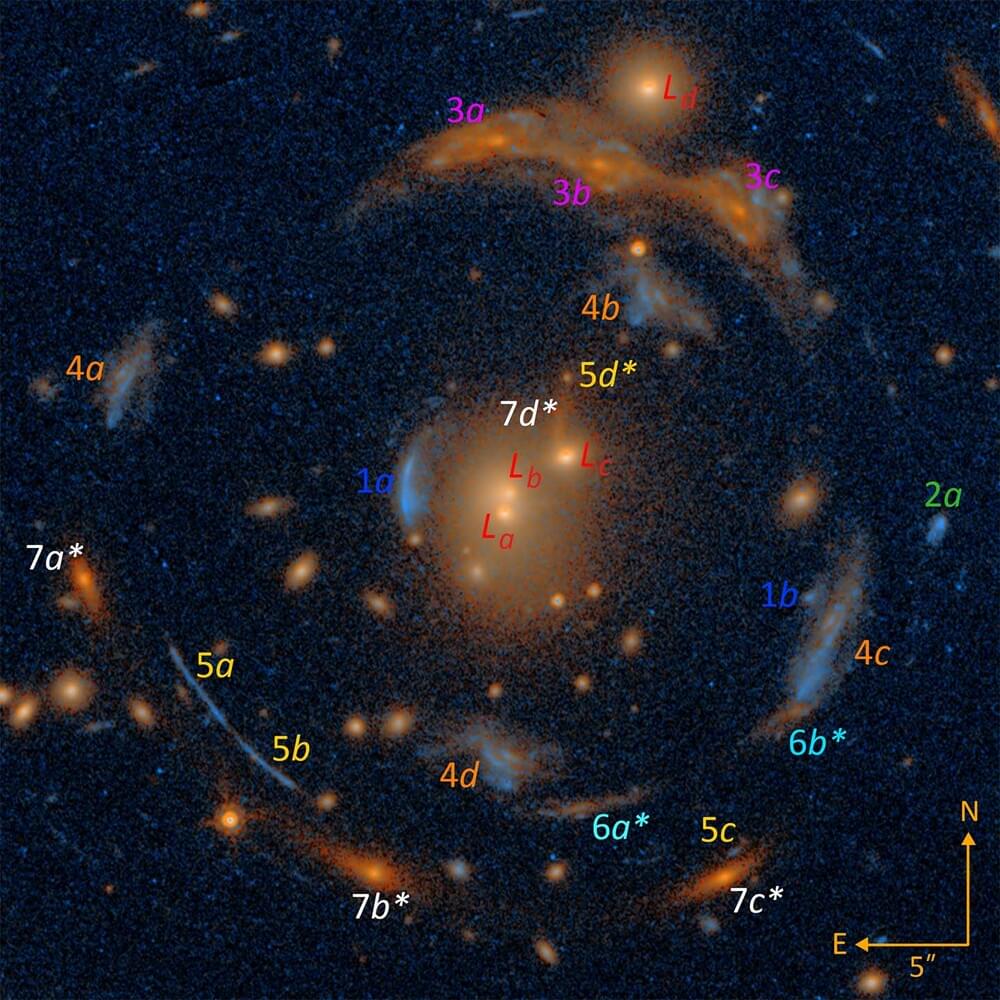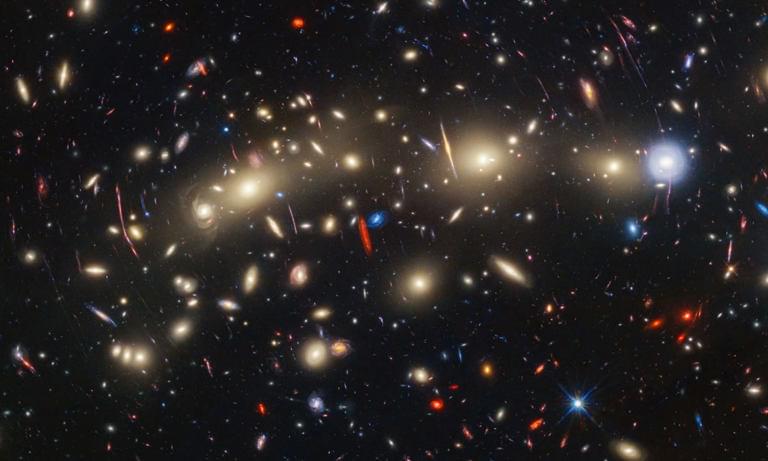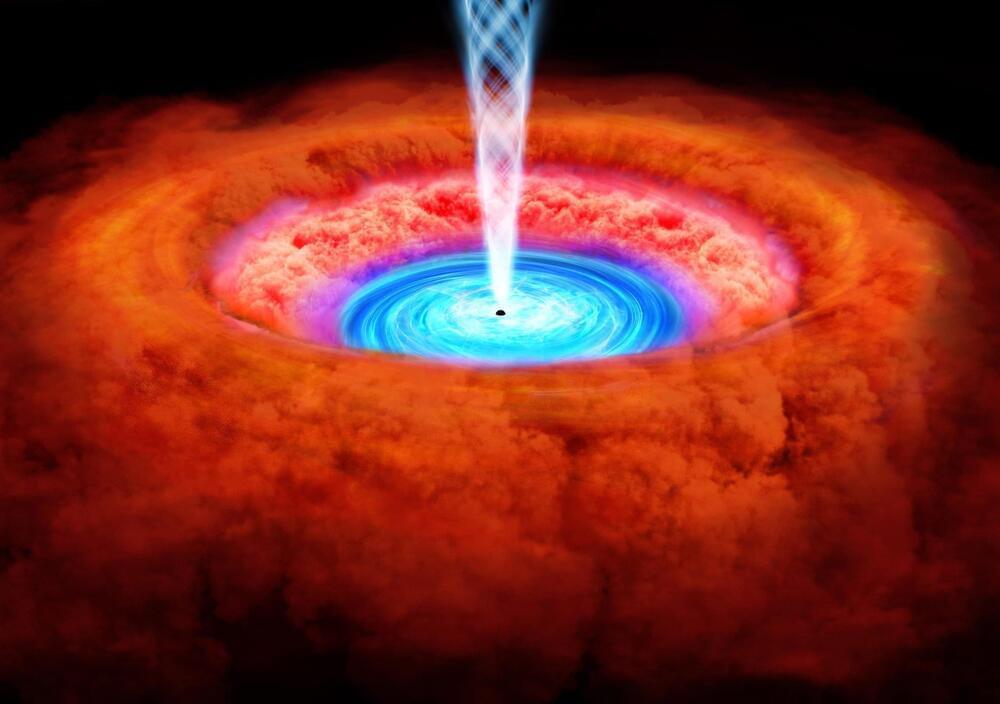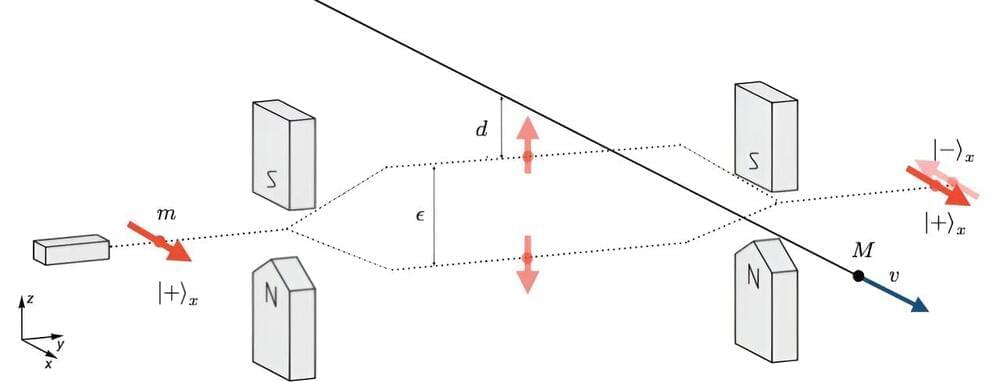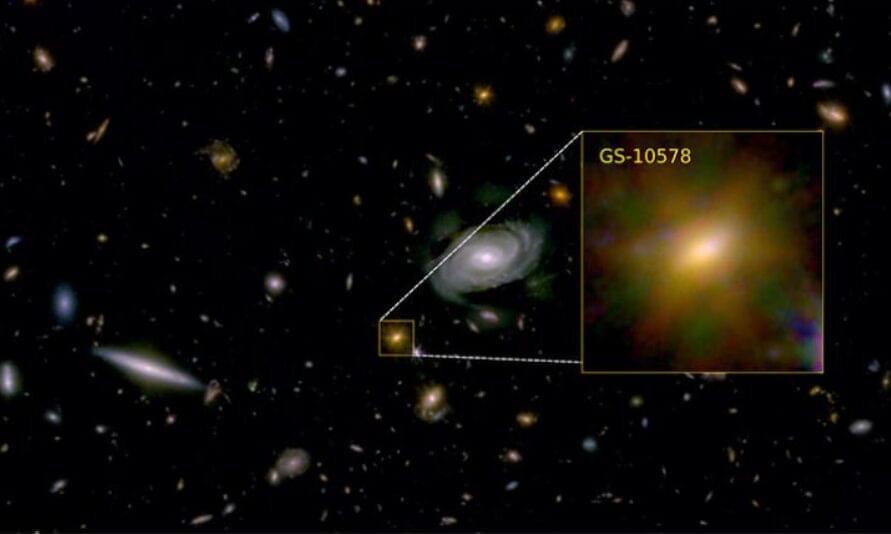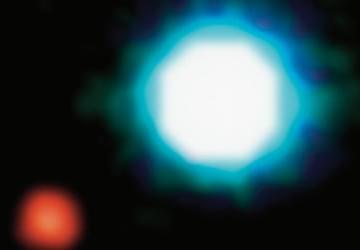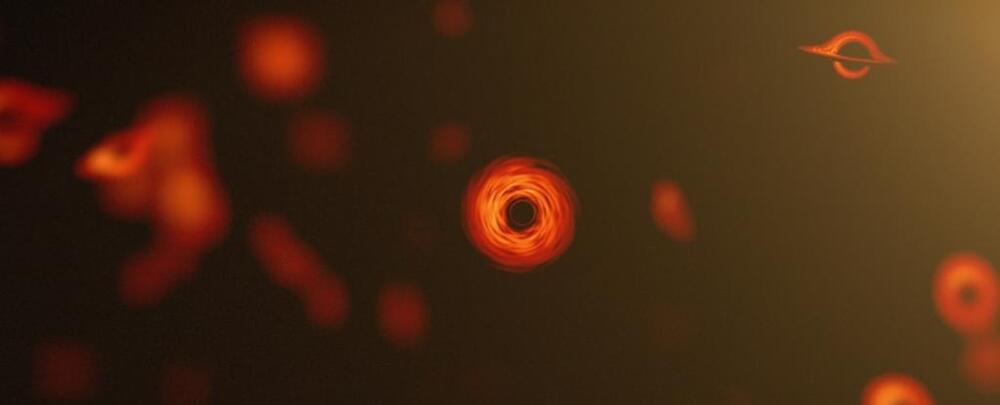A newly discovered cluster-scale strong gravitational lens, with a rare alignment of seven background lensed galaxies, provides a unique opportunity to study cosmology.
In a rare and extraordinary discovery, researchers have identified a unique configuration of galaxies that form the most exquisitely aligned gravitational lens found to date. The Carousel Lens is a massive cluster-scale gravitational lens system that will enable researchers to delve deeper into the mysteries of the cosmos, including dark matter and dark energy.
“This is an amazingly lucky ‘galactic line-up’ — a chance alignment of multiple galaxies across a line-of-sight spanning most of the observable universe,” said David Schlegel, a co-author of the study and a senior scientist in Berkeley Lab’s Physics Division. “Finding one such alignment is a needle in the haystack. Finding all of these is like eight needles precisely lined up inside that haystack.”
